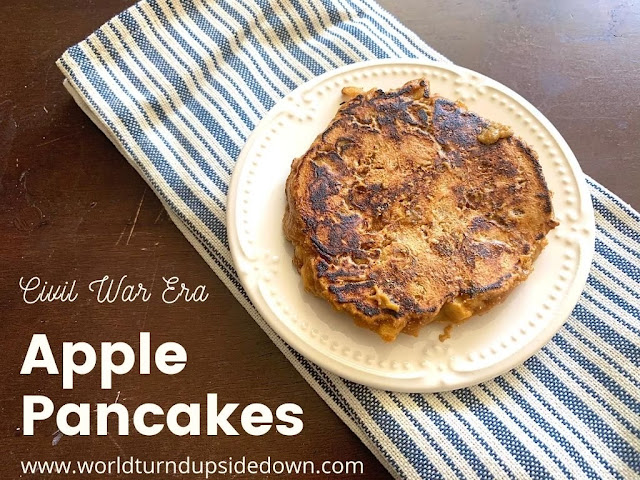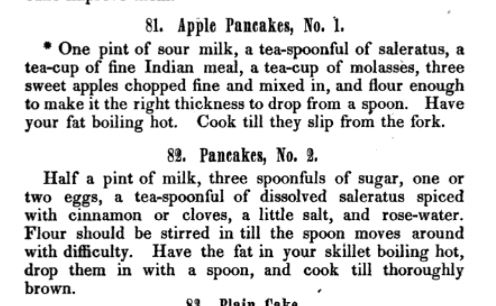Today, so much good fat goes to waste.
I'm using fat that my family saved for me from tacos and meatloaf. I don't eat meat so I'm reliant on friends and family whenever I need lard or tallow. My fat wasn't too gross. Yours might have chunks of meat on it, and that's fine for this. Just chop it into pieces and melt.
How to Render Lard
Put your fat in a pan on medium heat and add enough water to cover it.
Add 1 teaspoon of salt per pound of fat.
Heat until melted.
Pour into a sieve over a bowl.
Let the bowl Rest for 24 hours.
Cut the tallow out of the bowl.
Rinse the tallow under running water.
You can repeat the process a second time with a finer sieve. Freeze in zip lock bags for up to a year.
In the next few weeks I'll hopefully post a few tutorials on what you can do with rendered tallow. Stay tuned!

















